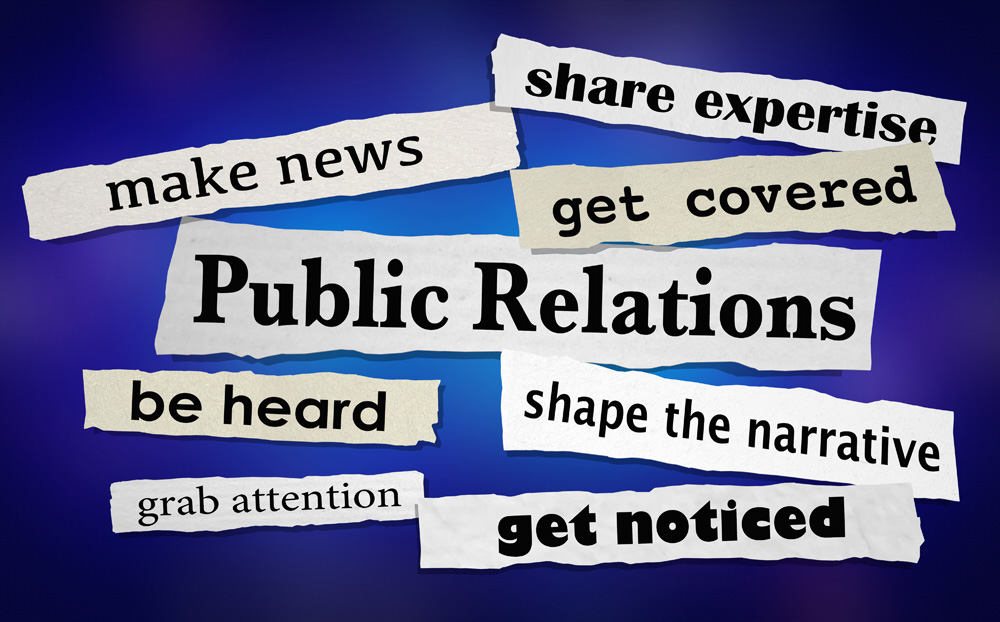Public Relations: Lawyers and the benefits of an effective PR strategy
Public Relations: Lawyers and the benefits of an effective PR strategy
By Ellen M. Keiley
An effective public relations strategy plays a key role in creating a positive public image for a law firm, building client trust, enhancing an attorney’s credibility as a thought leader and contributing to a successful practice.
Among the various ways to market a law practice, lawyers don’t always think of the impact of a solid PR plan. One form of PR is publicity — generating positive coverage and thought leadership through press releases, media appearances, quotes, and bylined articles in established publications and media. Other activities such as speaking engagements provide credibility and will also position a lawyer as an expert.
Earned media coverage, where the lawyer isn’t paying for the exposure, goes a long way. PR professionals can secure these types of opportunities, which deliver valuable exposure to a wider audience and complement traditional advertising. These efforts can provide a competitive edge, differentiate the firm’s lawyers, and increase brand awareness.
Another form of PR is community relations — engaging with the local community through sponsorships, partnerships, board involvement, event host committees, and community outreach programs. This is an ideal way to get a lawyer or firm’s name out in the community, create a positive impression, and reach potential clients.
To be successful, a public relations and media strategy should:
Set objectives and goals: Define what you want to achieve through PR. This could include increasing brand awareness and gaining a competitive edge in the legal market. It could also be focused on promoting a specific practice area.
Take aim at your target audience: Determine who your audience is and target efforts accordingly. There are thousands of publications, including print and online newspapers, magazines, journals, websites, blogs, television channels, radio stations, and podcasts. As an example, an employment lawyer might consider focusing on HR or in-house counsel-related publications.
Develop story ideas: Identify ideas that are newsworthy, timely and not already covered by a specific publication, that are relevant to a firm’s practice areas. These could include hot topics, new laws, or trends. Lawyers who stay on top of current developments in their practice area are better able to create content and be ready to offer a quote or take advantage when a media opportunity arises.
Understand media relations: Remember that reporters are always on deadline to write and submit an article or conduct an interview. Frequently, they will require a 24-to-48-hour turnaround time to be provided with a quote via email or to conduct an interview via Zoom or phone. Be mindful of this and provide a response or make oneself available for an interview as quickly as possible to get ahead of others. As soon as a reporter has enough good sources, they have what they need and will move on.
It’s also important to note that media coverage is not guaranteed. Even if an attorney provides a quote or does an interview, it is not certain that the material will be used. This can be frustrating for both the lawyer and the PR professional. Working with the media is at least worth trying and it creates goodwill with the reporter, who may reach out in the future.
Have realistic expectations: It’s important to go into a PR campaign with realistic expectations. Even though a huge legal win is significant for a lawyer and their client, it isn’t necessarily significant enough to be newsworthy. Consider all the major rulings that are handed down on a daily basis. The media landscape is competitive, and reporters and editors are flooded with pitches every day.
Content creation and distribution: Create content that aligns with your PR objectives and resonates with your target audience. This could include press releases, articles, blog posts, videos, infographics, whitepapers, case studies, or social media posts. Content can be distributed through specialized services, the firm’s website, social media platforms, email newsletters, and industry publications.
It is beneficial to engage in PR efforts to set a lawyer and firm apart from others in this incredibly competitive legal environment. When media opportunities are secured, don’t forget to leverage social media and other forms of communication to get the word out. Reporters appreciate when their content is shared. Lawyers who distribute articles through their networks are more likely to be contacted again for a quote.
Ellen M. Keiley is president of EMK Consulting Group, which offers public relations, business development coaching and training for law firms and other professional services firms. She can be contacted at [email protected].
Share this story, choose a platform
Brought to you by BridgeTower Media
Free Weekly Newsletter
Recommended content
Public Relations: Why engaging a PR professional is essential for attorneys
Public Relations: Why engaging a PR professional is essential for attorneys By Ellen Keiley Before engaging a public relations professional [...]
For lawyers looking to make it rain: Discipline eats motivation for breakfast
The motivation to achieve worthwhile goals comes and goes; it’s having the discipline to start and then keep up with [...]
7 strategies to maximize your AI-powered search market share
Here are tips for “future-proofing” a prominent position for your firm by saturating the search engine results pages (SERPs) of [...]
After 35 years, now what’s next for law firms?
The authors look back at how well one of them did in 1989 when she predicted coming trends in the [...]


